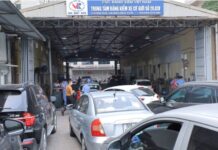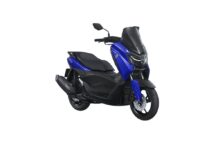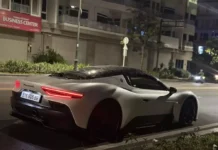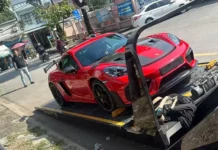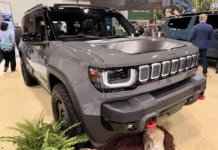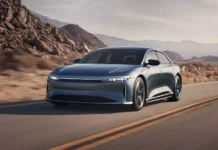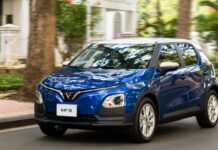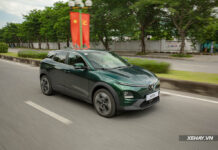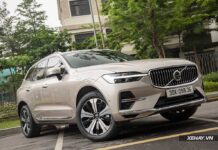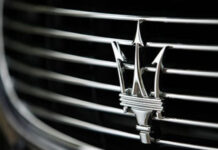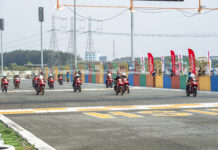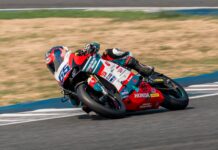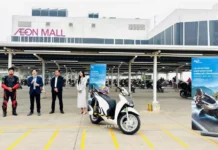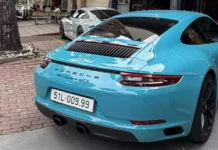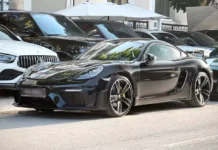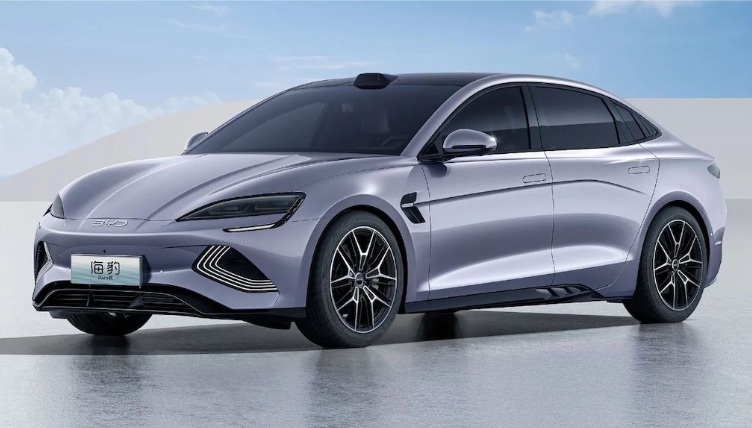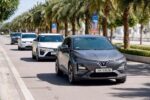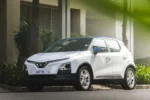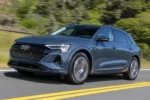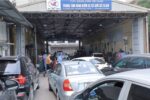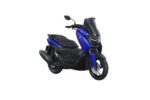In the era of electric vehicles, batteries are the heart that determines the performance, longevity, and value of each car.
However, the current battery market is heavily reliant on China. This country accounts for 85% of global battery production and controls approximately 90% of the raw material processing stages. To address this dependence, automakers and startups are working to develop new types of batteries with alternative materials.
Before lithium-ion batteries became popular, hybrid vehicles like the Toyota Prius often used lead-acid or nickel-metal hydride (Ni-MH) batteries. However, these technologies couldn’t meet the demands of modern electric vehicles. Lithium-ion batteries revolutionized the industry with their large capacity, fast charging, and compact size, but they still have limitations: they are heavy, expensive, and sensitive to temperature.
Within the group of lithium-ion batteries, there are two main technologies. NMC (nickel-manganese-cobalt) batteries have high energy density, allowing vehicles to travel longer distances, but they are more expensive due to their dependence on cobalt, a rare material. LFP (lithium-iron-phosphate) batteries are cheaper, safer, but have lower capacity, resulting in shorter ranges compared to NMC batteries.
To reduce costs and dependence on rare materials, many automakers are exploring new solutions. Among them, sodium-ion batteries have emerged as a promising option for being inexpensive, safe, and durable, although their energy density is still low, preventing them from being a complete replacement.
Renault aims to commercialize LNMO batteries by 2028, which are expected to be inexpensive, powerful, and capable of fast charging in under 15 minutes.
Another approach is lithium-sulfur batteries, which are anticipated to have twice the capacity of lithium-ion batteries and do not require cobalt or nickel. However, they are not expected to be available until after 2028.
Additionally, solid-state batteries are considered the “holy grail” of the electric vehicle industry. Unlike traditional batteries that use liquid electrolytes, solid-state batteries employ solid electrolytes, making them safer, lighter, and offering higher energy density. However, this technology still faces challenges in mass production.
The diversity in battery research and development reflects a global effort to reduce costs, increase longevity, and, most importantly, break free from near-total dependence on China. This is not just a technological race but also a critical economic and geopolitical strategy for the automotive industry’s future.
VinFast Unveils Nationwide Green Switch Policy: Revolutionizing the Electric Motorbike Industry with a Battery Swap Model
VinFast is proud to announce the intensification of its groundbreaking campaign, “Vietnamese Spirit in Full Throttle – For a Green Future.” In this third iteration, we’re taking a pivotal leap forward with two transformative initiatives: first, by extending our special green conversion policy to all 34 provinces and cities nationwide, and second, by establishing an extensive network of 150,000 electric motorcycle battery exchange stations and introducing a range of cutting-edge electric motorcycle models with swappable batteries on a national scale.
The Great Energy Switch: A Nationwide Boom in Gas-to-Electric Conversion
This weekend (August 23-24), residents of Phu Tho, Ninh Binh, Can Tho, An Giang, Quang Ngai, and Quang Ninh have an exciting opportunity to test-drive electric vehicles and seamlessly transition from old gasoline cars to new electric ones. With cost-effective options available, it’s a chance to experience the future of automotive technology and discover the benefits of electric mobility.

